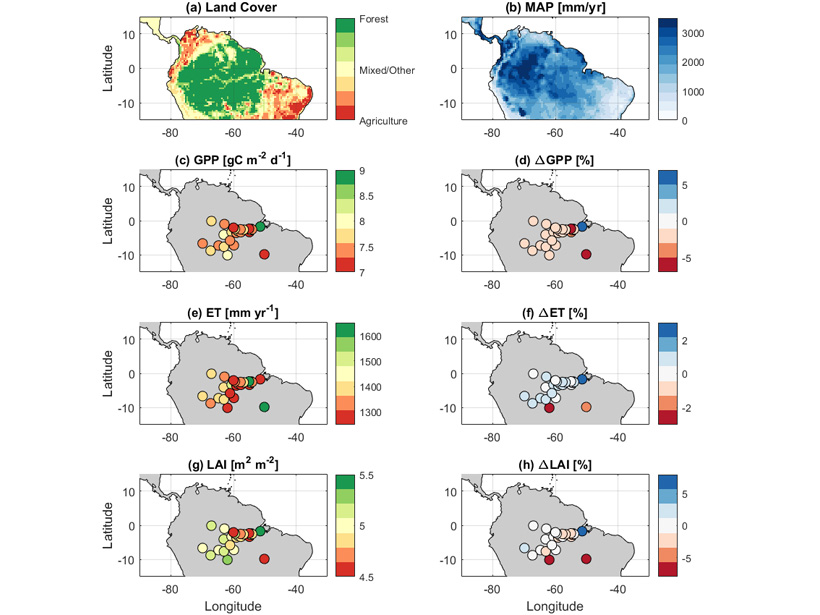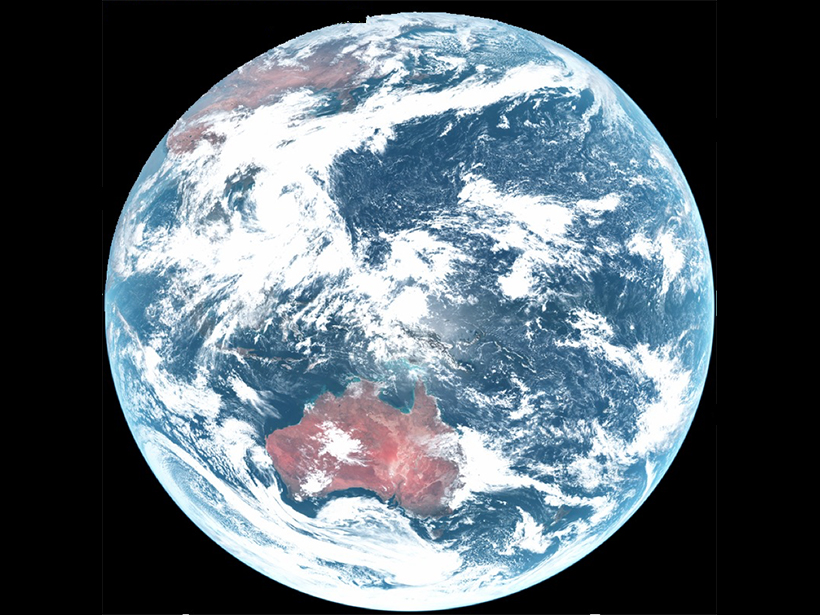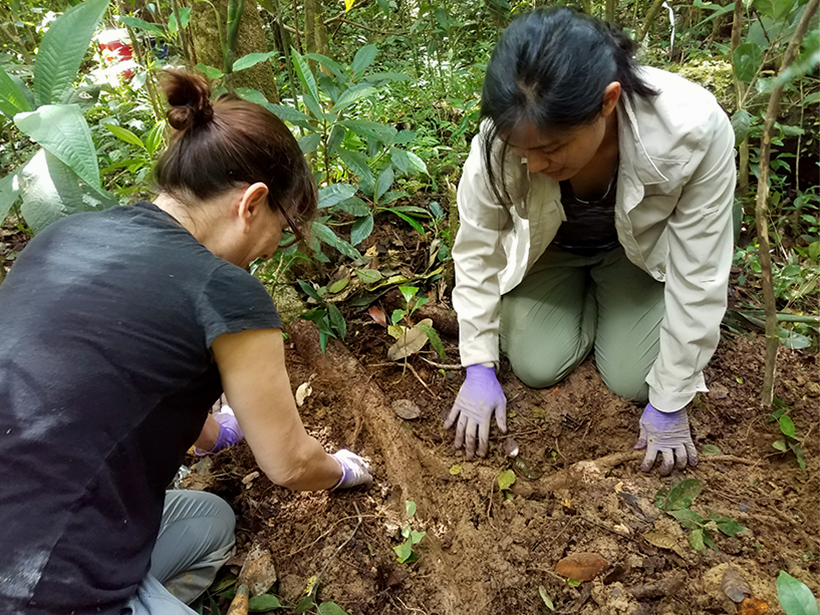Characterizing leaf phenology in process-based models reconciles both “dry season green-up” and drought controls on Amazonian carbon balance.
tropics
The Stratosphere and Its Role in Tropical Teleconnections
Joint SPARC Dynamics and Observations Workshop; Kyoto, Japan, 9–14 October 2017
Reconstructing Climate and Environment from Coral Archives
Tropical Coral Archives—Reconstructions of Climate and Environment Beyond the Instrumental Record at Society-Relevant Timescales; Bremen, Germany, 28 September 2017
Monitoring Tropical Cyclones with Lightning and Satellite Data
A new storm-following tool continually watches for lightning over the open ocean. Combined with satellite microwave data, the new real-time observations will improve forecasts of tropical cyclones.
Rethinking How Water Circulates Between the Oceans and Land
A reexamination of the global water cycle shows that tropical coastlines exert a profound influence on atmospheric water circulation by wringing water vapor from the atmosphere.
Major Federal Tropical Research Project to Cease 7 Years Early
The Department of Energy shutters a project aimed at improving climate models less than halfway through the expected decade-long run.
Is Global Warming Suppressing Canonical El Niño?
A study explores the relationship between diverse El Niño events and the background state of the tropical Pacific.
Karnauskas Receives 2017 Ocean Sciences Early Career Award
Kristopher B. Karnauskas will receive the 2017 Ocean Sciences Early Career Award at the 2017 American Geophysical Union Fall Meeting, to be held 11–15 December in New Orleans, La. The award recognizes “significant contributions to and promise in the ocean sciences.”
Panama Study: Tallest Tropical Trees Died Mostly from Lightning
On Barro Colorado Island in the Panama Canal, scientists map lightning strikes and find that they kill mainly the loftiest trees, likely disturbing the forest ecology.
Follow Earthworm Tracks to Better Simulate Water Flow in Soils
Incorporating paths carved by the critters and by tree roots helps scientists align simulations of tropical soils more closely with real-world data.









